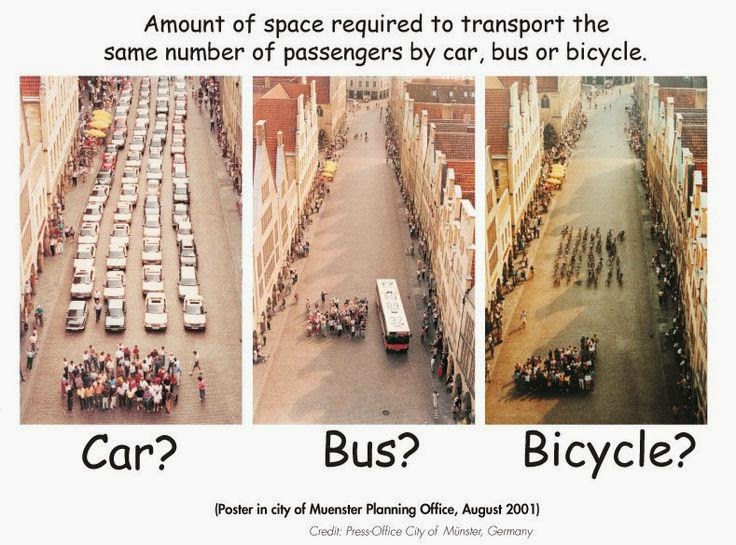Many, if not most, of us own at least one coffee-table book about bicycles or bicycling. We even open them now and again; perhaps our non-cycling friends peek into them out of curiosity.
But I'll bet none of you has a proper coffee table for such a book. (OK, I don't, either!):
But I'll bet none of you has a proper coffee table for such a book. (OK, I don't, either!):
 |
| From Sweety Design |












